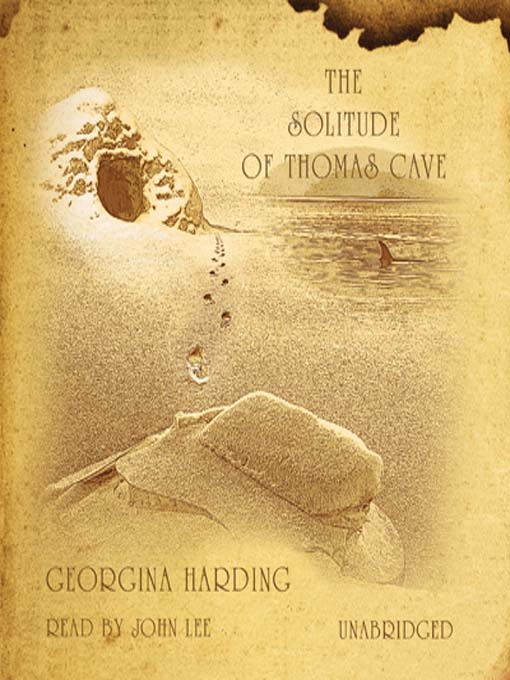
The Solitude of Thomas Cave
- اطلاعات
- نقد و بررسی
- دیدگاه کاربران
نقد و بررسی

From the moment that contemplative symphonic music introduces John Lee's full, rounded voice, we know we're in for a treat with this remarkable first novel by a British nonfiction writer. The story transports us to the Arctic in the 1600s. Thomas Cave, crew member on an English whaling ship, bets that he can survive the dark, frigid winter alone and live to greet the ship upon its return the following summer. In the ensuing months, Cave battles to preserve his body and his mind. John Lee offers a deeply felt, beautifully paced reading of the enigmatic Cave, enlivened by colorful interpretations of Cave's shipmates and the people who inhabit his Arctic dreams. This is a mesmerizing tale, entrancingly read. A.C.S. Winner of AudioFile Earphones Award (c) AudioFile 2008, Portland, Maine

Starred review from October 16, 2006
British travel writer Harding (Tranquebar: A Season in South India
) makes her fiction debut with this slim, shimmering historical. In 1616, the whaler Heartsease
sets out from England, bound for the Greenland coast. During the voyage, the experienced, much-respected Thomas Cave strikes up a friendship with young Thomas Goodlard, the crew's least-experienced member, who is another Suffolk native. As winter approaches, the crew, having loaded up on whale oil and other tradestuffs, prepares to leave, but a friendly disagreement among them—about whether a human being had ever wintered on the Svalbard coast—darkens and escalates. In a charged moment, Thomas Cave bets £100 that he can survive the winter alone on an uninhabited island. They leave him, with plenty of provisions, to return the following spring. This cold-weather Robinson Crusoe tale (minus Friday) unfolds with spare grace, along with Thomas Cave's past, which includes a lost wife and lost son. In a free and direct style that touches on period dialect but is never heavy-handed (and that is bookended by two first-person remembrances from Thomas Goodlard dated 1640), Harding probes Cave's solitude and his responses to a landscape that, in a heartbeat, can be unrelentingly bleak or dazzling. It's a simple story of spiritual purification, and it is handled beautifully throughout.




دیدگاه کاربران